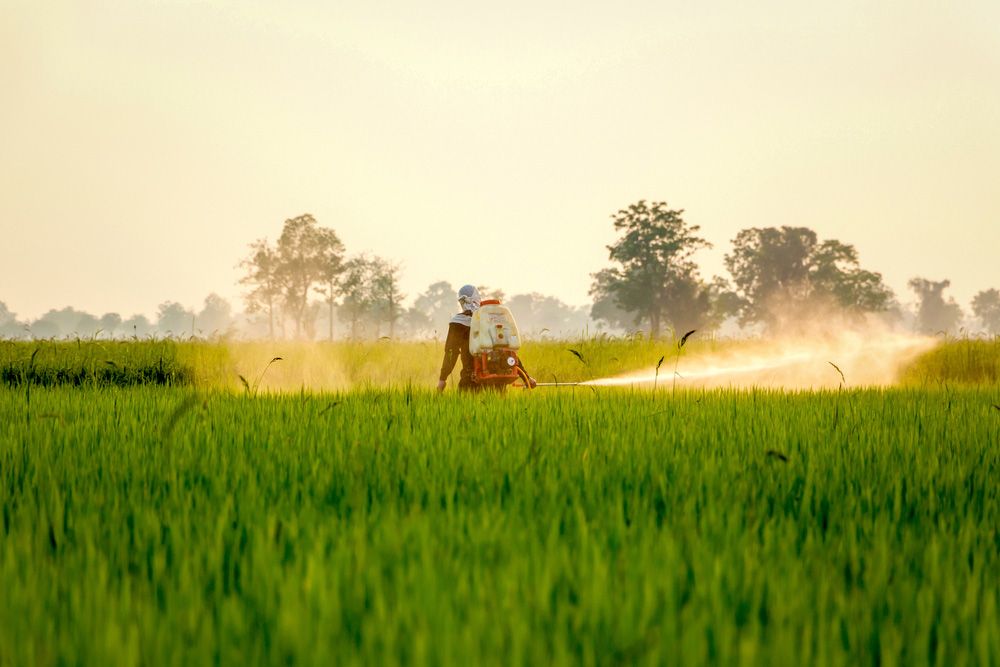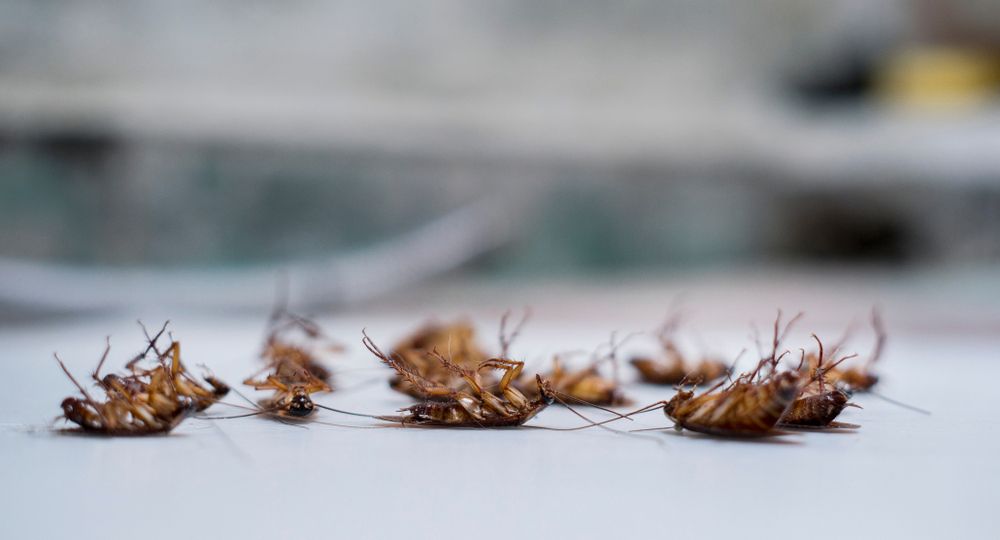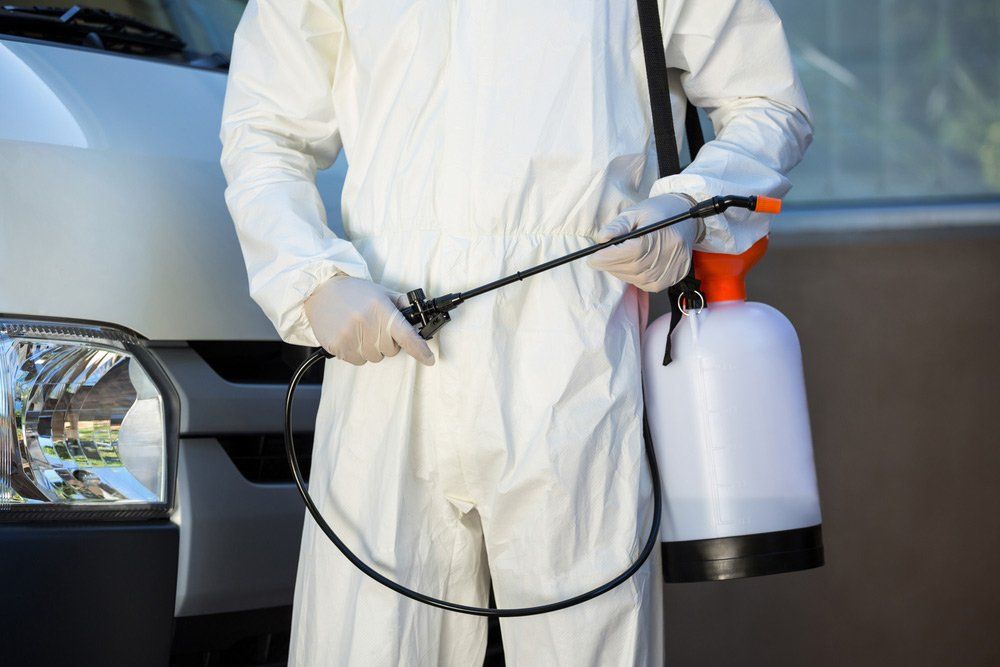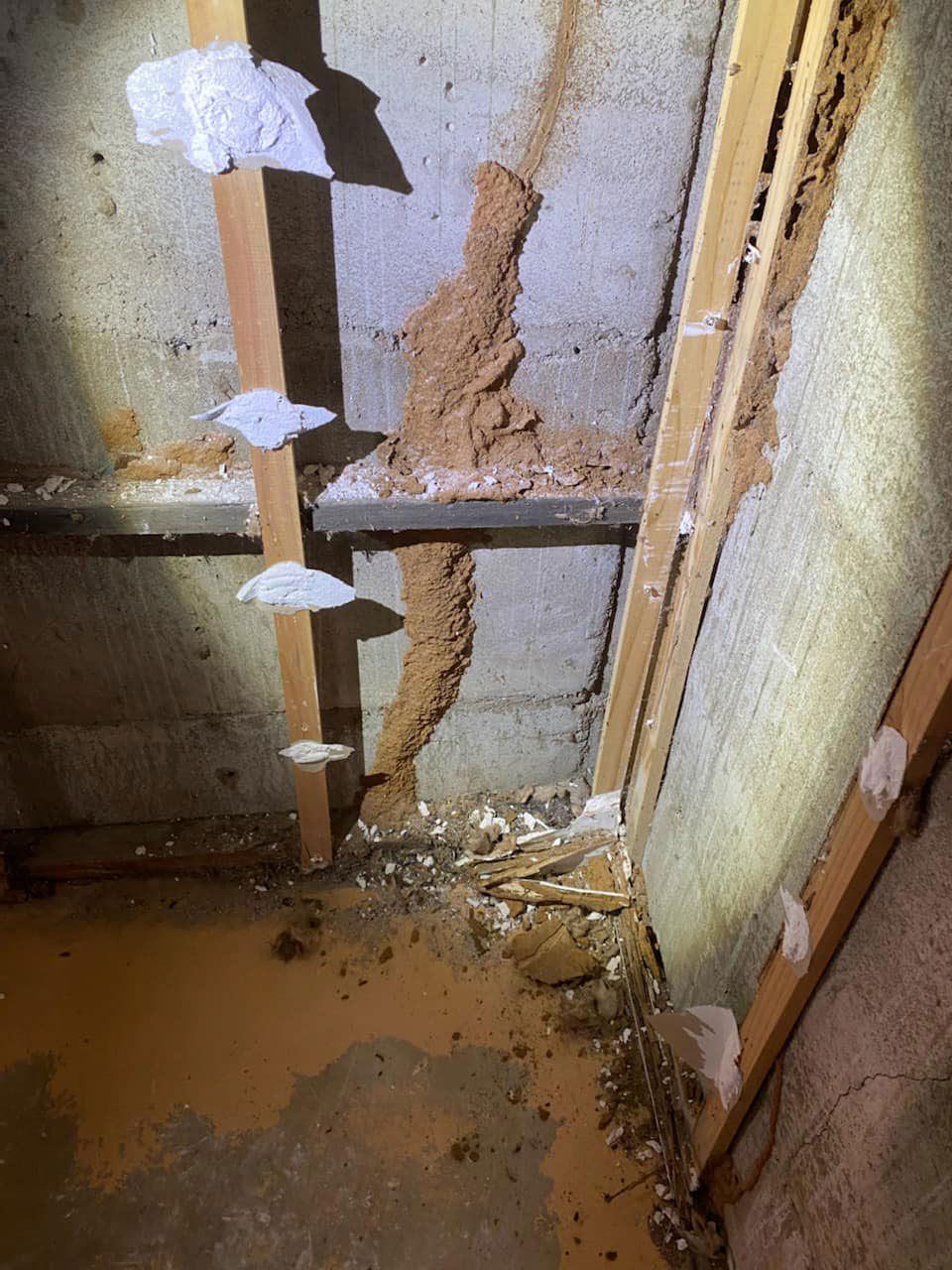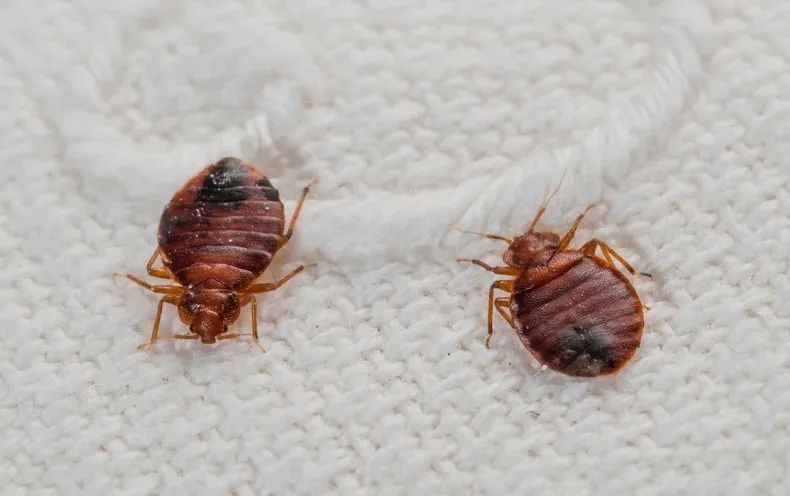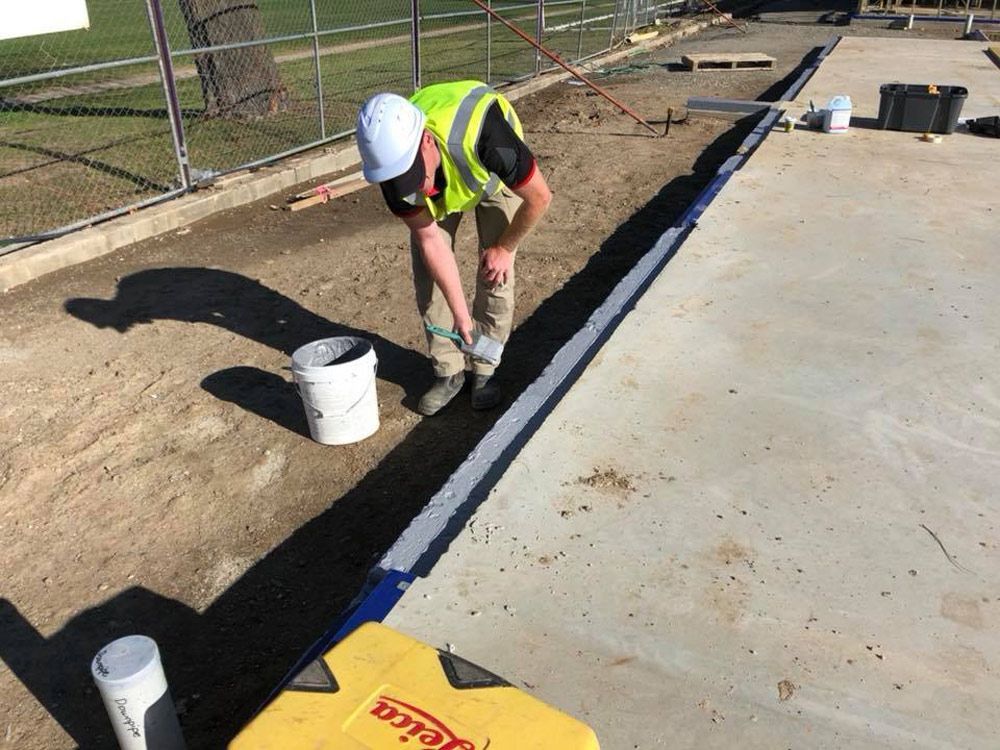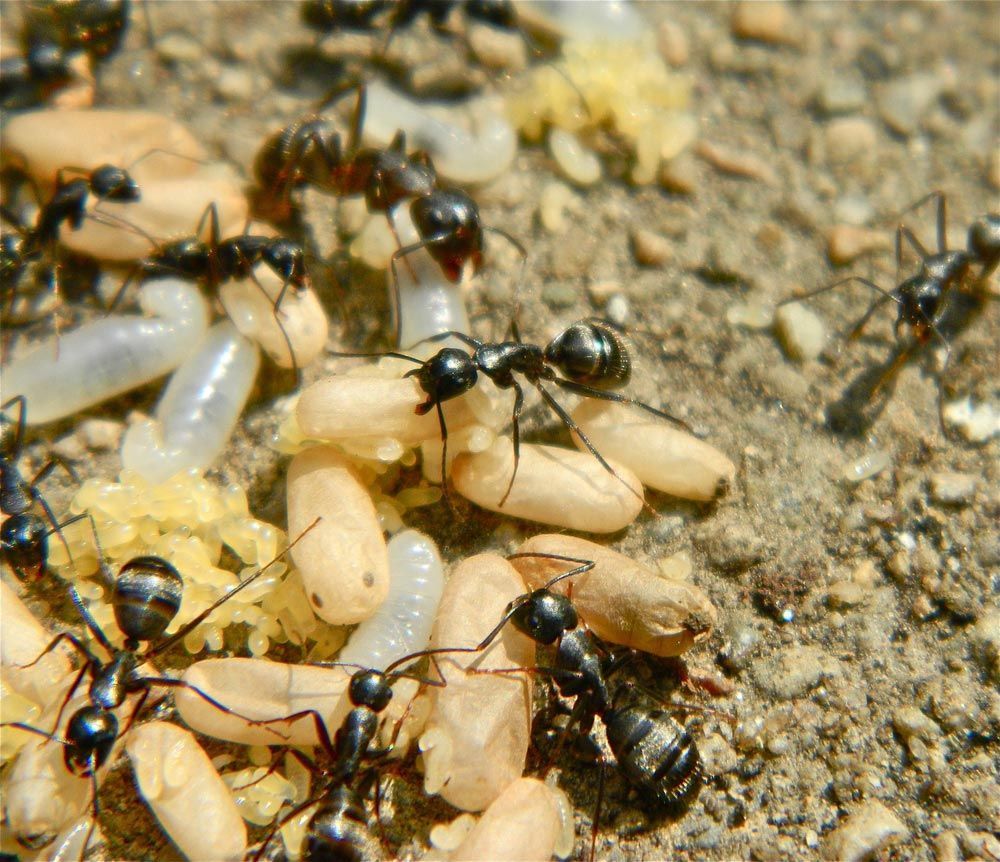How Climate Change Is Affecting Pest Behaviour
Climate change is not just affecting weather patterns—it’s also altering the behaviour and populations of pests. Rising temperatures, fluctuating rainfall, and shifting ecosystems create conditions where pests can thrive in new and unexpected ways. These changes impact agriculture, homes, and businesses, making pest control a growing challenge. In this blog, we’ll help you understand how climate change influences pest behaviour.
The Impact Of Rising Temperatures On Pest Populations
As global temperatures rise, pests like mosquitoes and rodents are experiencing accelerated population growth and expanding into new regions. Warmer climates create favourable conditions for pests to reproduce faster and survive longer.
- Increased reproduction rates: Higher temperatures shorten the life cycle of many pests, increasing their populations.
- Expanded habitats: Pests are now thriving in areas previously too cold for them, bringing tropical species to temperate climates.
- Longer active seasons: Warmer winters mean pests remain active year-round in some regions instead of dying off or hibernating.
Changing Rainfall Patterns & Pest Migration
Climate change has also disrupted rainfall patterns, influencing pest behaviour and migration. Both droughts and floods push pests to adapt, often encroaching on human habitats.
- Floods: Waterlogged areas become ideal breeding grounds for mosquitoes, leading to spikes in vector-borne diseases.
- Drought: Pests like rodents and ants move indoors to seek water and shelter, increasing infestations in homes and businesses.
- Shifting habitats: As traditional ecosystems are destroyed or altered by unpredictable weather, pests are migrating to urban areas in search of resources.
These shifts require constant vigilance, as pest control efforts need to target both new and traditional environments where pests may appear.
Adapting Pest Control Strategies To Climate Change
Pest control strategies must evolve alongside the changing climate to effectively manage these changes. Modern methods integrate advanced techniques to predict and control pest populations under these new conditions.
- Predictive modelling: Using data to forecast pest migrations and prepare for potential outbreaks.
- Climate-resistant solutions: Developing tools and treatments that work in extreme conditions, such as prolonged heat or excessive moisture.
- Integrated pest management (IPM): Combining biological, physical, and chemical controls for a comprehensive approach to pest control.
Combat Pest Challenges Effectively – Contact Us
At
Professional Pest Control, we understand the challenges climate change poses to pest management in agricultural settings. Our HACCP-accredited team offers tailored pest removal services in Albury-Wodonga to protect crops and produce from invasive species like rodents, wasps, and mosquitoes.
Contact us today to learn more about our Albury-Wodonga pest control services.
